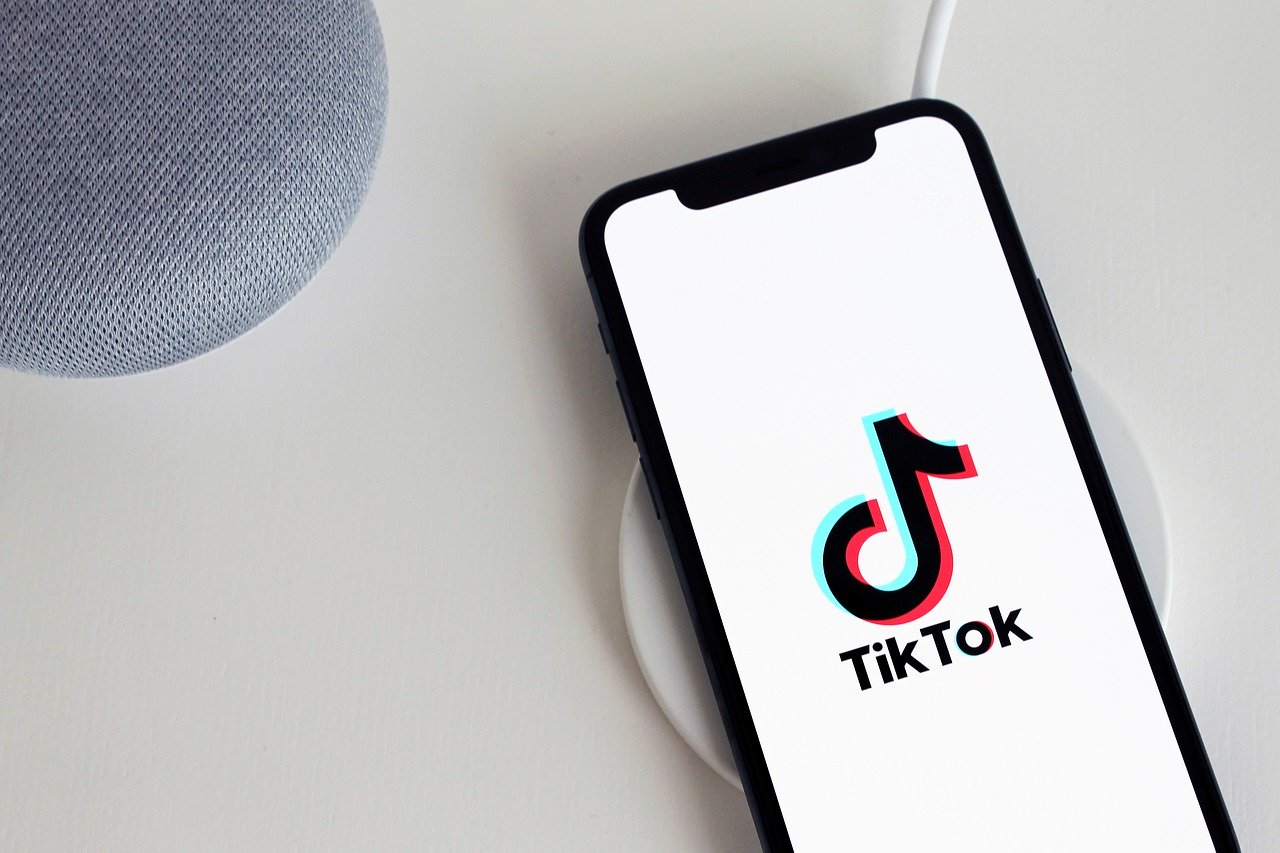
TikTok ban leaves ‘stars’ jobless, scout for fame in new apps

The Centre’s unprecedented ban on 59 apps with Chinese links, has rendered thousands of social media celebrities who had carved an identity and a fan base out of apps like like TikTok, Bigo Live, Helo and Vmate, jobless.
While many of them are yet to come to terms with the government’s decision, some are switching to competing platforms like Chingari, Zili, and Sharechat. But the jump, they say, will take time as the platforms too have to mature at the same time.
No fans, no money
Chetan Monga, 22, a TikTok star from Punjab whose dance and comedy videos garnered 5 million followers in the last two years, claims of being among the top-200 performers on the social media platform.
Though the company never directly paid him, he earned by the way of promoting different commercial brands/products and through ad campaigns that would be broadcast to his followers.
More followers mean more reach and more money from brand promotions.
Related news: Banned Chinese apps get 48 hours to explain key data-sharing norms
Monga earned ₹22,000-₹25,000 every month. “While the income wasn’t regular, I promoted at least four different brands a month and I could earn ₹7,000 from each. Now suddenly all that income potential is gone,” he says.
“When the government asked gyms to be closed due to the pandemic, did they think about the jobs of those working there? No. So it’s unlikely that this government would heed to people who made a living out of these platforms,” he adds.
Monga, who also runs a dance studio in Punjab, says he now has to restart all over again.
“The decision came like the demonetisation announcement. I had about 1,100 videos on the platforms and had not taken a backup of all the videos. I could only download 70, given the short notice. Now I have to start from scratch,” he says.
Unlike other platforms like YouTube and Instagram, TikTok offered the opportunity to create short videos and made it easy for the users to swipe up and down in quick time. This helped them gain traction faster.
Platforms like TikTok and Vmate held creator summits in different cities and towns and taught users how to gain traction and make money out of the platform. Many of the users became stars, exhibiting their talent on the short video platforms. With the rise of smartphone penetration, they could reach out to even rural audiences.
Youtube comes to the rescue
Another TikTok influencer Ramneek Singh from New Delhi who had eight million followers on the platform says he had the potential to earn ₹1 lakh with every brand promotion. He says if a person had 1-2 million followers, one could easily earn a minimum of ₹25,000.
“These are difficult times for creators. With the sudden ban on the platform, many of us lost income-generating avenues overnight. Now all these people stare at unemployment,” he says.
But Singh has thankfully expanded his portfolio and become a YouTuber, posting similar content on YouTube as well. Compared to eight million followers on TikTok, Singh has about 0.25 million subscribers on YouTube (US-based video platform owned by Google). Singh had turned away from founding a company of smartphone reselling to becoming a TikTok star, buoyed by the opportunity the platform offered.
Why TikTok was a rage in India
Chinese tech giant Bytedance that owns TikTok, which originally became popular in China, integrated Musical.ly, a similar product that catered to the US and European markets. Ever since, the brand became a global product and garnered followers across the world.
For TikTok, India remained the next big market after China, and it was mulling to invest $1 billion as part of its expansion plan. However, the recent move by India seems to have put a stop to this plan.
In 2019, TikTok emerged as the most engaging application in India. According to data from analytics firm App Annie, India accounted for 44 per cent (323 million) of TikTok’s total app downloads worldwide. In 2020, during the lockdown period, the app was still the largest sought after entertainment application.
Related news: Bhai-bhai to bye-bye: How tiktok of time changed India-China ties
Besides providing direct employment to many and creating self-employment opportunities for youngsters who showcased their talent, the platform also became a hub for education and finance-related videos. It also created job opportunities for digital marketers.
A digital marketing professional, who coordinated with Bytedance and TikTok creators says, the company employees were happy as there were no pay cuts or job cuts despite the crisis.
“The video creators approached us and spent ₹25,000 – ₹30,000 as one time expenditure to promote themselves or get bots to increase their followers,” Washib Khan of Grynow, a Gurgaon based influencer marketing agency founder said.
Khan expects a drop in revenue by one-third for his firm with the sudden ban.
The silver lining
However, he says there are ways one can still make money without TikTok as some of the Indian competing firms will now look for content generation and would pay for the content.
The Federal found that Apps like Chinagari and Zili have gained traction in the past week, both in terms of app download and Google searches.
Chingari, the Bengaluru-based short video app is currently at about 34 million downloads and is growing by the day with people like Mahindra group Chairman Anand Mahindra and Principal Economic Advisor Sanjeev Sanyal endorsing the Indian app over TikTok.
Reacting to the ban on the apps, Chinese Embassy spokesperson Ji Rong said it was discriminatory and runs against fair and transparent procedure requirements which could violate the WTO rules.
With the Centre giving these companies 48-hours to clarify on their data-sharing norms, people like Monga and Singh still hope that the apps would be back soon.


